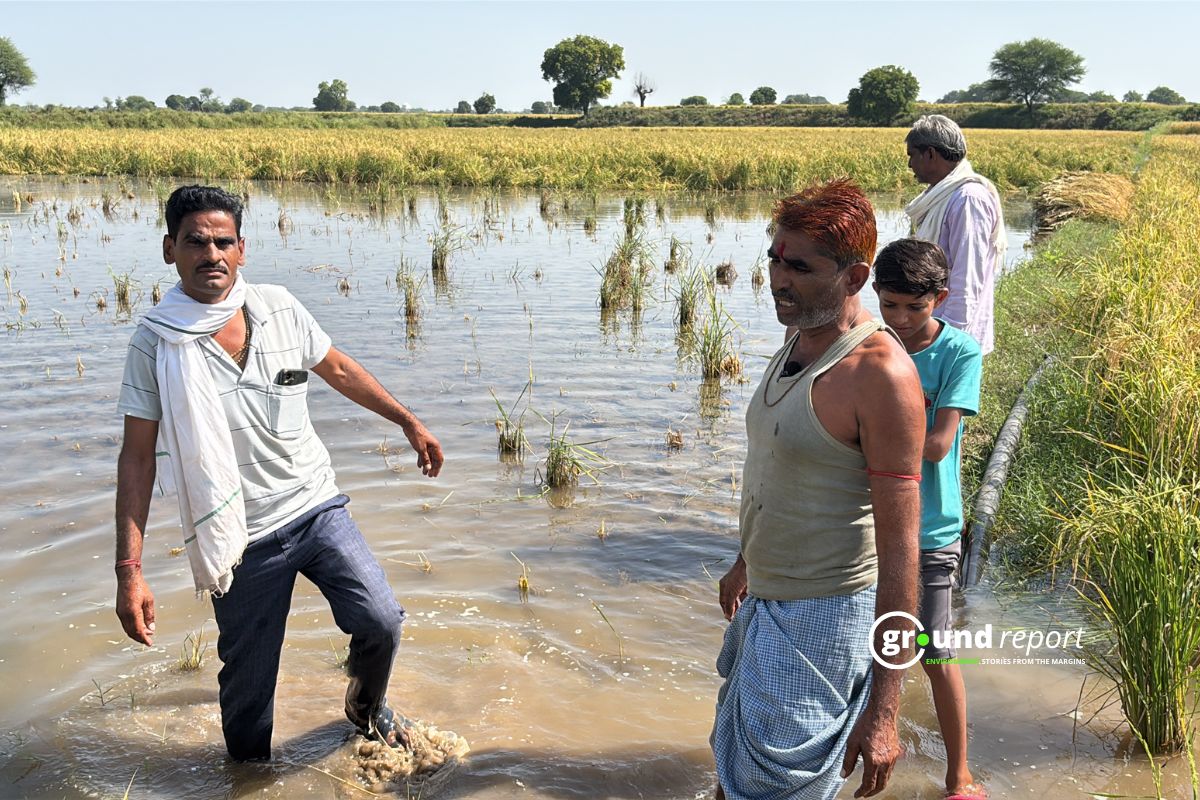The UN panel of experts has cautioned that India’s food production could significantly decline if global warming is not controlled. UN Secretary-General Antonio Guterres has urged the G20 nations to take urgent action to reduce their carbon emissions and limit global warming to 1.5 degrees Celsius.
He warned that India’s food production could see a significant decline if temperatures rise beyond this limit, with rice and maize production predicted to decrease by up to 30% and 70%, respectively.
UN Secretary-General Antonio Guterres has urged the G20 to limit warming to 1.5 degrees Celsius and proposed a “climate solidarity pact” where major emitters would cut emissions and rich countries would support emerging economies.
The IPCC report revealed that rice production in India could decrease by 10-30% and maize production by up to 70% for a temperature rise of 1-4 degrees Celsius. Guterres hoped that the report would help defuse the climate time bomb.
He warned that India’s food production could see a significant decline if temperatures rise beyond this limit, with rice and maize production predicted to decrease by up to 30% and 70%, respectively.
Guterres has proposed a “Climate Solidarity Pact” in which major emitters commit to cutting emissions, while wealthier countries provide financial and technical support to emerging economies.
He aims to bring carbon emissions to zero by 2040 in developed countries and 2050 in developing countries, as well as phasing out coal use in electricity generation by 2035 in developed countries and by 2040 globally.
According to the Intergovernmental Panel on Climate Change (IPCC) report, temperatures have already risen 1.1°C above pre-industrial levels due to the burning of fossil fuels and inefficient energy use. This has led to extreme weather events that pose a danger to people worldwide.
The report also highlights India as the weakest country in terms of crop production in South Asia, with water demand projected to increase by 30 to 40% by 2050 compared to 2010, potentially exacerbating water scarcity in India and China due to population growth and climate change.
Support us to keep independent environmental journalism alive in India.
Keep Reading
What is Green Hydrogen? Could it change energy in South Asia?
Blue hydrogen is worst for climate: study
How Increasing space traffic threatens ozone layer?
Hydro Fuel Market: India’s current scenario and the future ahead
Natural Gas is a Misleading term, It is not Natural and clean at all
Follow Ground Report on X, Instagram and Facebook for environmental and underreported stories from the margins. Give us feedback on our email id greport2018@gmail.com.
Don’t forget to Subscribe to our weekly newsletter, Join our community on WhatsApp, and Follow our YouTube Channel for video stories.









